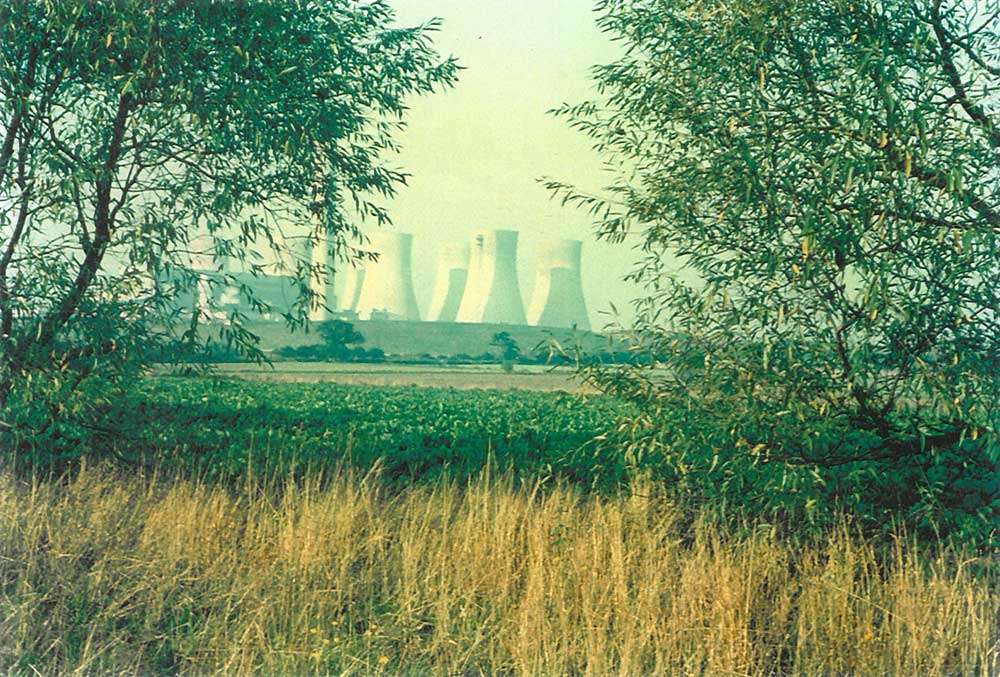The network will unite an existing multidisciplinary team of academics with new members from government agencies, the private sector, community groups and artists to consider the landscapes of infrastructure broadly, but with attention to some specific cases. We are particularly concerned with the temporal aspects of landscape and the relationships between designed space and its assimilation with perceptibly natural and traditionally agricultural landscapes; how time and use can interact with landscape to create cultural and amenity value as well as valuable ecologies; how policy helped to foster such conditions; how policy now influences the management and development of these landscapes; how artistic and creative responses to the landscapes of infrastructure help to narrate their cultural worth; and, how to develop means of understanding their seemingly intangible values by comparing and combining research methods in the arts and humanities.
The landscapes of motorways, power stations, reservoirs and other forms of infrastructure can now be easily overlooked. However, at their inception the aesthetics and ecologies of these developments were underwritten by statute and policy. This project is about learning from the past using collaborative and cross-disciplinary research to inform the future of landscapes, their use, assessment, management and protection. We are specifically interested in the landscapes of post-war infrastructure as they approach maturity and are within a phase of determined change. Their maturity is relevant in three ways - ecologically; with regard patterns of use as sites of amenity; and, in relation to their symbolic, iconographic and socio-cultural value to the public. The silhouettes of cooling towers and the stark volumetric forms of nuclear reactor buildings became the enduring symbols of power generation of the twentieth century. These built objects of the post-war reconstruction programme that are ostensibly functional are cognitively invisible due to this very status. The wider landscape contexts, which were highly considered and no less designed, are even more camouflaged. In some senses this is a testament to the success of the landscape architects, whose task was often to blend or to disguise the impact of the functional-industrial development.
The overarching objective of the network is to explore the ways in which art and humanities research methods can augment traditional forms of landscape assessment to reveal more of the intangible and qualitative values attached to the landscapes of infrastructure and create a holistic framework to support future decision-making. To achieve this, we have a series of events planned between March 2020 and June 2021 that will explore existing methods of landscape assessment and how they can be developed, augmented or interwoven with new methods that will emerge from our workshops and through design research at the School of Architecture.
To disseminate the research to a wide audience, a second project, ‘Cooling Down’ will complement the work of the network. The AHRC follow-on-funding will enable the research team to work with filmmakers, film archives, museums and local schools to create various interactive games and an immersive filmic experience, both to be premiered at the Bluedot Festival in 2021.




